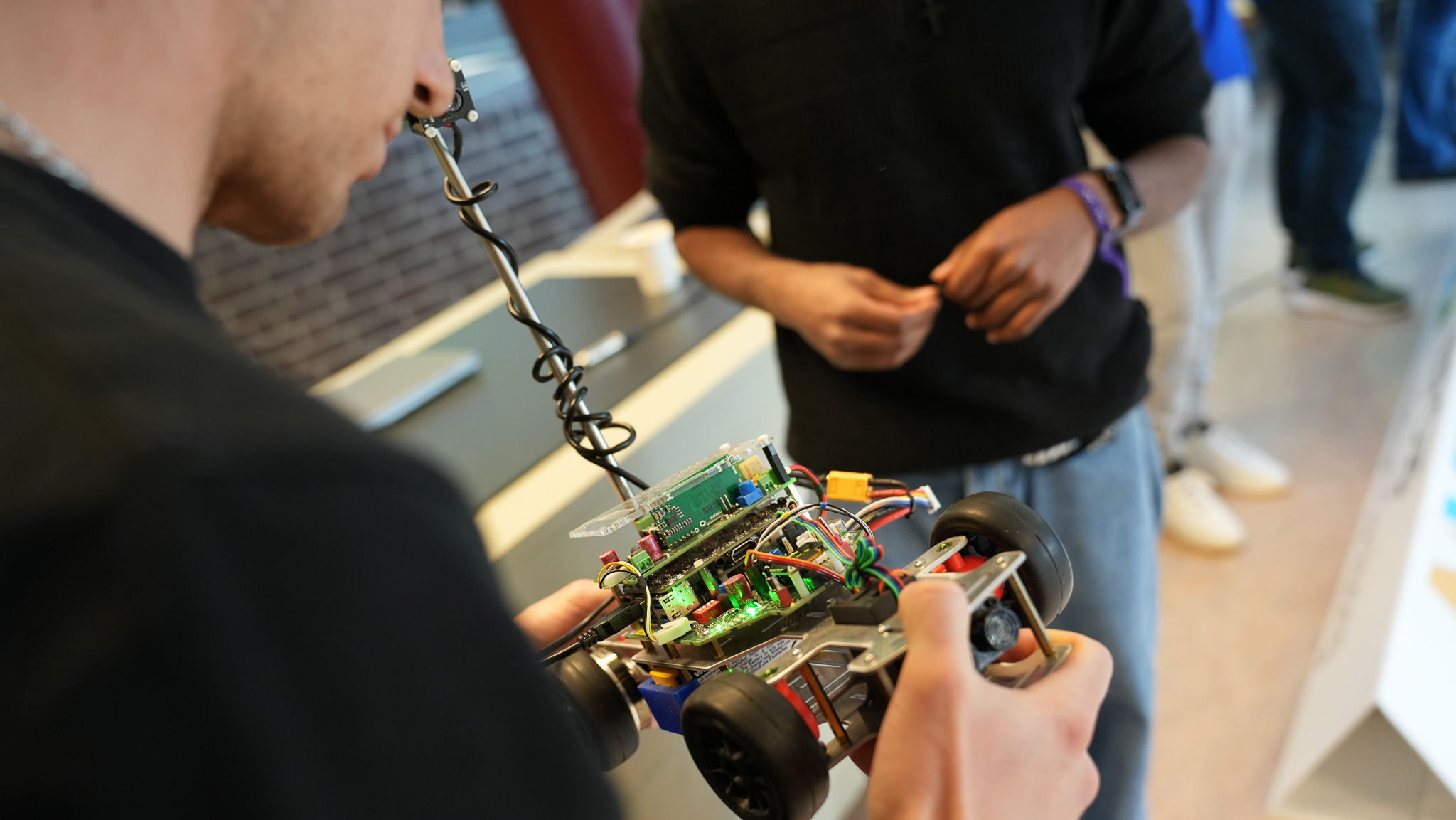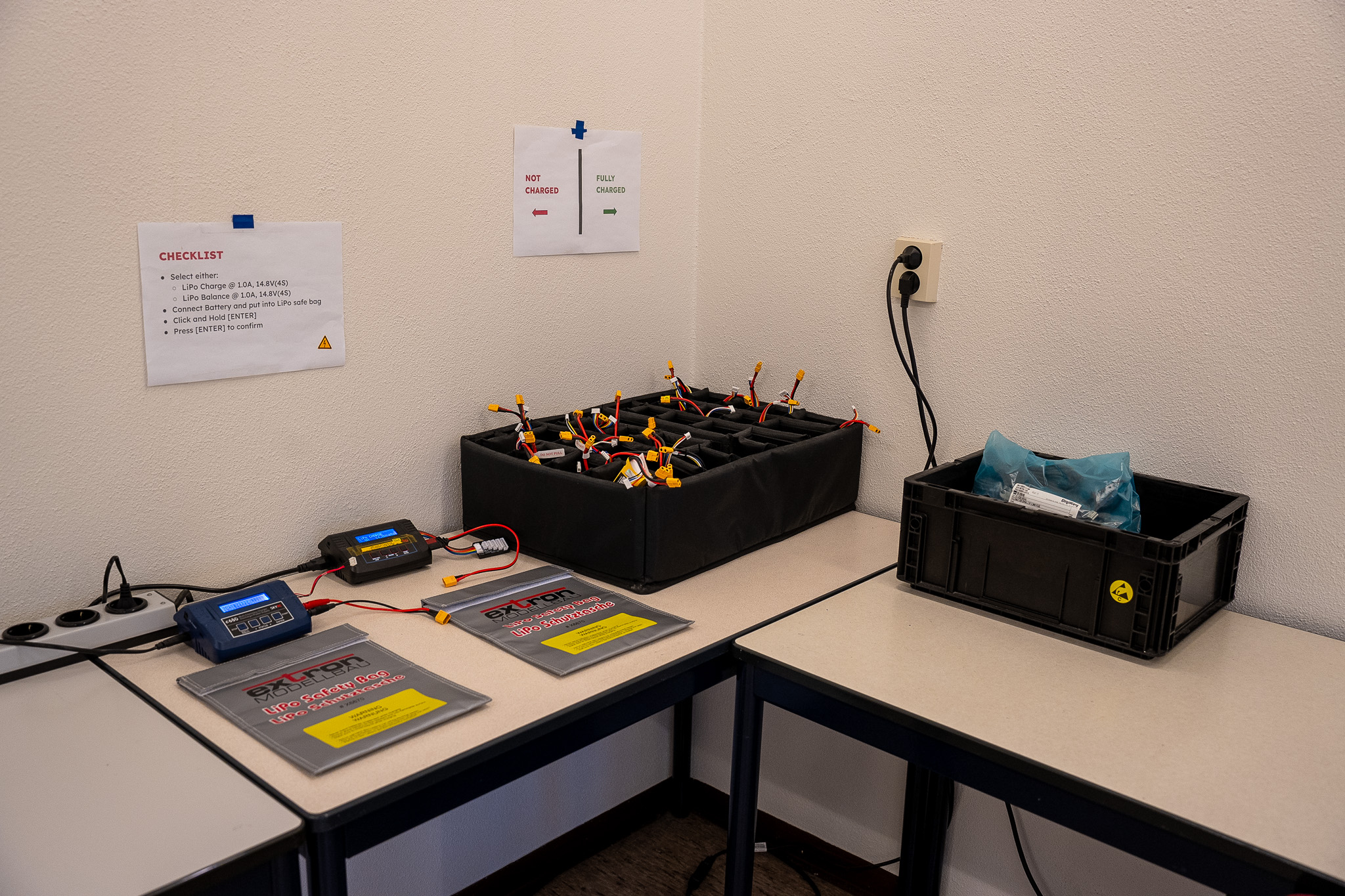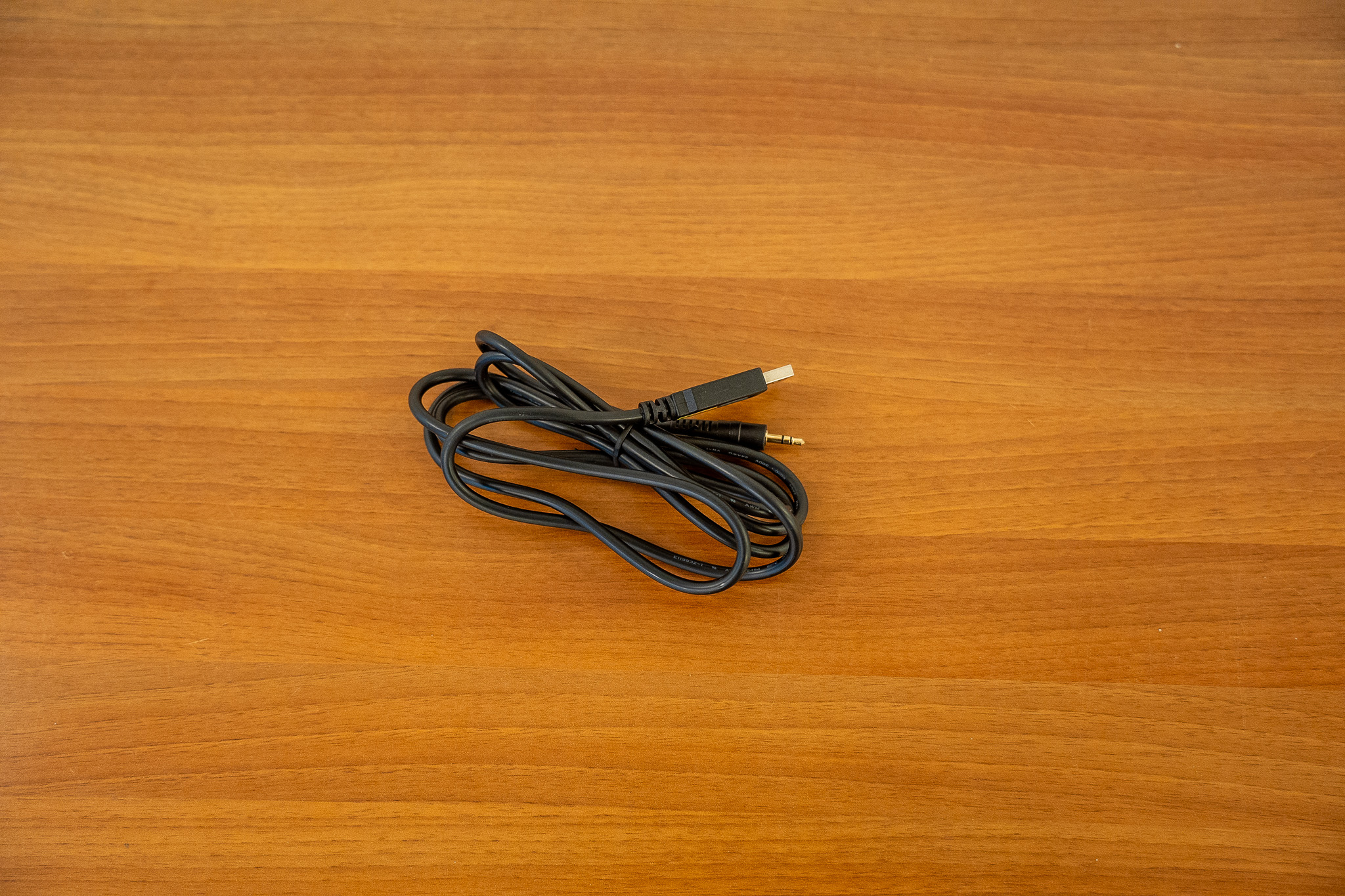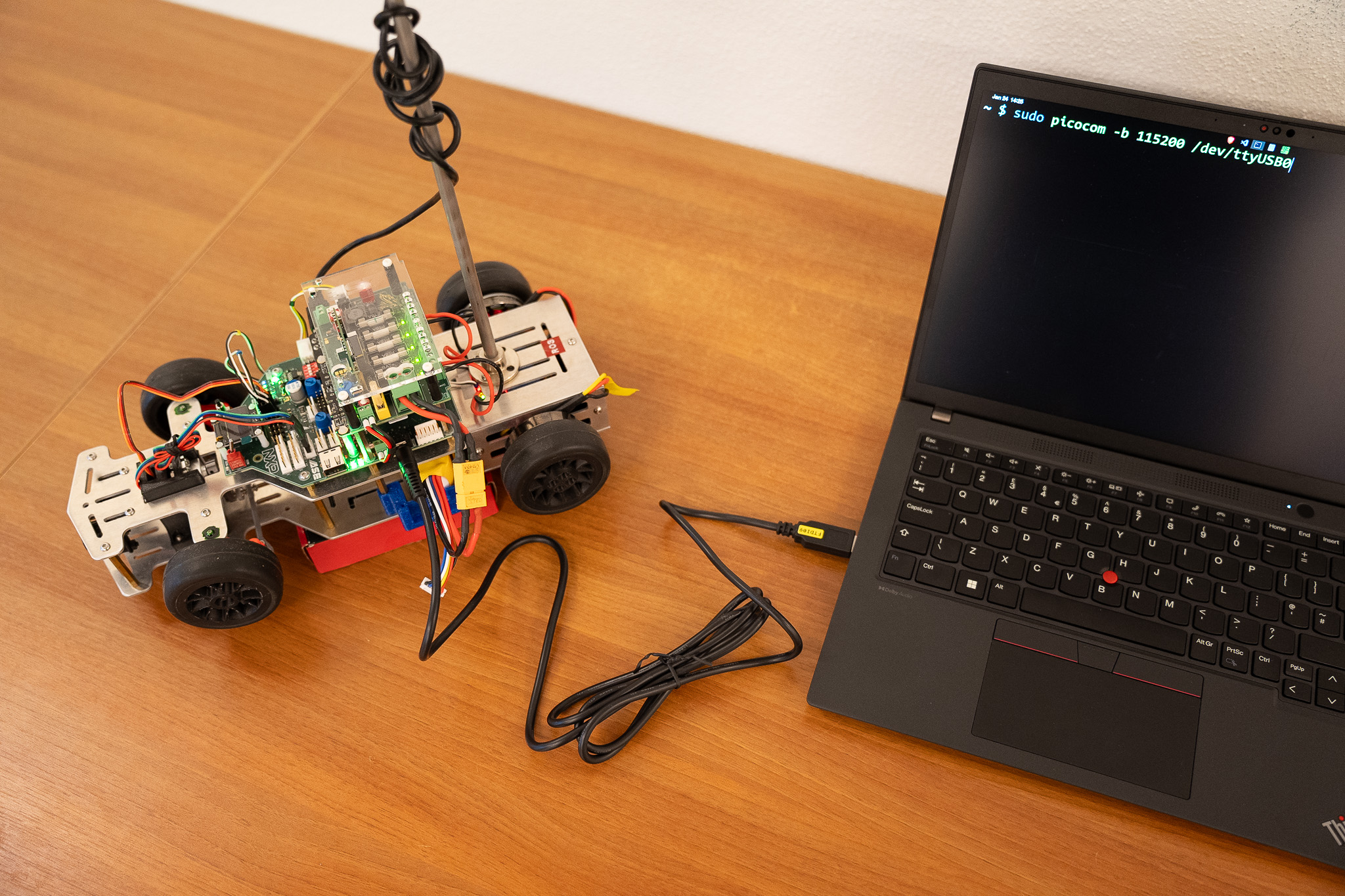Other Ways to Connect

When building a service, you might sometimes want to log in to the Rover and run programs or install tooling there. The Rover runs Linux and there are three supported methods to connect, each with its own use case.

Max Gallup
Founding Member, Ex-Hardware Lead and Ex-Project Administrator
Prerequisites
- You are connected to the ASE network
- The Rover is powered on and sitting on a stand
Using roverctl
This method is intended to be used when uploading service code, starting/stopping the pipeline, querying info and viewing logs.
Make sure you have roverctl installed. You can use these commands to interact with the Rover. To quickly query the status of a Rover using roverctl info.
For example, if you want to query the status of Rover 7:
# Query the status of roverd
roverctl info -r 7
Using SSH
This method provides full access to the Linux installation on the debix through a remote shell, good for debugging, viewing more advanced logs or performing any kind of advanced setup.
Make sure you have the ssh command installed on your host machine. You can use the hostname to SSH into your Rover.
For example, if you want to SSH into Rover 7:
# Use roverctl
roverctl ssh -r 7
# OR use roverctl with a specific host
roverctl ssh --host 192.168.0.107
# OR use the ssh command manually
ssh debix@192.168.0.107
After which you just enter the password 'debix' and you are able to run bash commands like normal:
rover07 $ whoami
Using UART
Fallback method for SSH in case there are network connection issues.
This method is the 'saving grace' if all other methods fail. The debix offers a serial output connection using the UART protocol which streams characters to a terminal device over a special USB cable. This means we can even see the logs of linux kernel as its booting up. For this we need some additional setup. First, find the special USB-Headphone Jack cables provided in the corner of the labs.


We will use the picocom program so that we can see the terminal output command of the UART connection in our own terminal. Install picocom for your platform. If you connect while the rover is booting you should be able to see the output as the debix is booting up. Before we connect the cable we should take note of which USB devices are currently connected to our machine:
ls /dev > /tmp/devices-before.txt
Next, plug in the usb cable to your laptop and the headphone jack into the debix.

Now we want to take note of the device name that our computer made for the special cable that we plugged in and then we want to see what the difference is to see our device's name.
ls /dev > /tmp/devices-after.txt
diff /tmp/devices-before.txt /tmp/devices-after.txt
We should see an output similar to this, indicating that our cable is available at the device ttyUSB0.
~ $ ls /dev > /tmp/devices-after.txt
~ $ diff /tmp/devices-before.txt /tmp/devices-after.txt
25a26
> gpiochip1
67a69
> serial
172a175
> ttyUSB0
Finally, we connect to the ttyUSB0 device using picocom.
sudo picocom -b 115200 /dev/ttyUSB0
Make sure to enter the username "debix" and then the password "debix". Note, that when it might only say "Terminal Ready, but with no "login:" prompt, in this case just start typing the username and hit enter followed by the password.